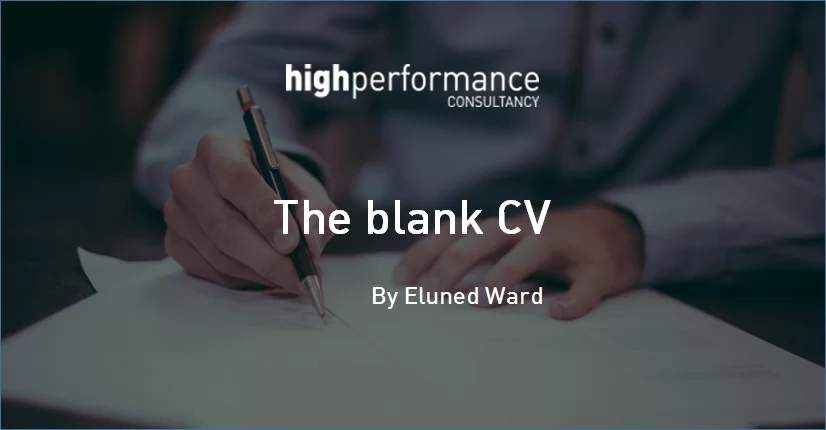As Cabinet Office minster Matt Hancok unveils the latest stage of the ‘Talent Action Plan’ pledging to focus on metrics, including tracking candidates’ backgrounds during recruitment to encourage socioeconomic diversity of candidates applying for roles and with a number of large employers signing up to follow the plan including the BBC, HSBC, Deloitte there appears to be a conscious effort to encourage diversity within the workforce.
Some of the initiatives include making applications ‘name blind’ to remove discrimination and bias from the recruitment process, the question is will the plan remove bias in the recruitment process and increasing diversity in the workplace? It has been established in studies, both in the UK and the USA that unconscious bias is significant at the shortlisting stage of the recruitment process with people with ‘white’ sounding names more likely to be shortlisted. However, by making the applications ‘name blind’ it does not take away information from CVs which could indicate a person’s background including addresses and where they went to school or college. Deliotte has addressed this issue by introducing name blind school and university interviews. So anonymous applications and name blinding education appears to be a good way to address any unconscious bias by a recruiter it will not remove any unconscious bias when the candidate is met for the first time and whilst it will be easy to implement anonymous applications within large organisations with HR departments and sophisticated recruitment management software, in smaller organisations with limited resources having ‘name blind’ applications during the recruitment process could be more difficult.
So what else can organisations and individuals do:
- Organisations and individuals need to at first acknowledge that everybody can be unconsciously bias due to the experiences they have had.
- Encourage discussions about unconscious bias and how this can impact on the recruitment process from the beginning. By individuals being aware of the unconscious bias they have, it means they can consider this when making decisions. People should be encourage to complete the Implicit Association Test (IAT), which can help people identify their own bias. This could be part of a larger equality and diversity learning programme which will enable people to consider their own biases in a safe environment, as well as recruitment and selection training to ensure the process is fair.
- If you are looking to recruit consider the role carefully including what skills, experiences and qualifications you consider are critical to make the person successful in the role as sometimes there can be a tendency to ask for certain things which in reality do not enable the person complete the role i.e. specific qualifications including high grades. You also need to resist the temptation to replace like for like, as organisation change and develop, what you had before might not be right for the now.
- When writing the job description and advert use positive language about what you are looking making sure that you do not reinforce unconscious bias with what you ask for, i.e. using masculine language or vice versa. It is also a good time to reiterate in the advert and job description the organisation commitment to diversity. Ask for somebody to review any job descriptions or adverts to make sure it doesn’t contain any bias in the language.
- Consider where you are going to source candidates from as placing an advert in one particular newspaper or website might only attract candidates from very similar backgrounds thus not increasing a diverse field of candidates.
- Look at the selection methods you are using to check for bias and to ensure they provide a wider of range of information to enable you to choose the right candidate. If you intend to use psychometric testing as part of the selection process, complete research around the types of tests used to ensure there is no cultural bias in the types of questions/situations asked. When designing interview questions, ensure that they will draw out the person’s skills including problem solving and give the chance for candidates to show themselves to their best abilities. You may want to look at past interviews to see what was used to establish the most successful candidate but remembering that you may not want like for like.
- When making the final decision on who to hire, don’t just base it on your gut feeling, consider all the information you have available to you.
Overall the biggest thing organisations and individuals can do is accept that unconscious bias happens and for them to look at ways to address this continuously as part of their commitment to diversity in the workforce.
